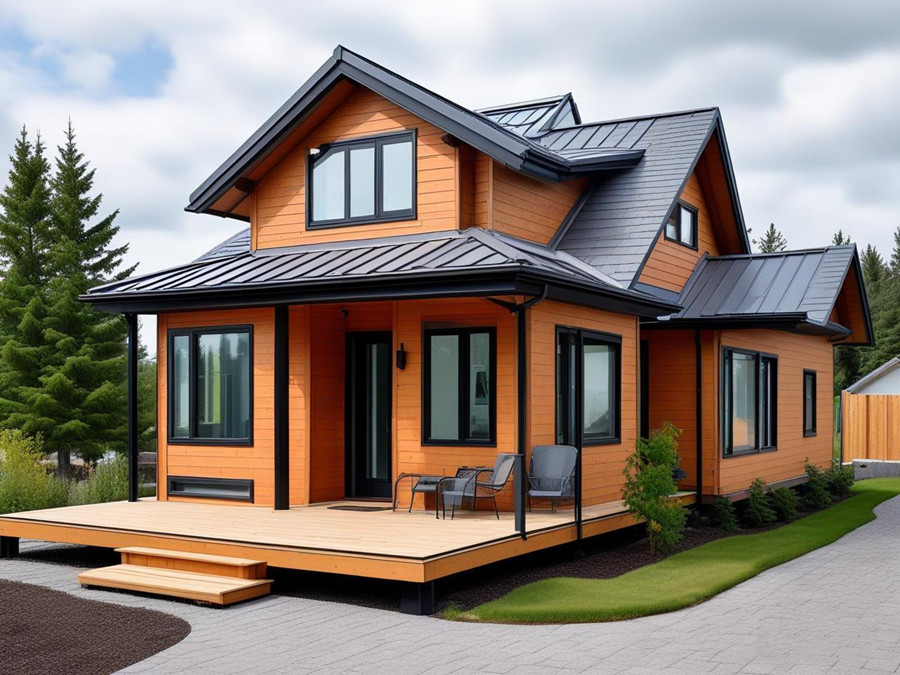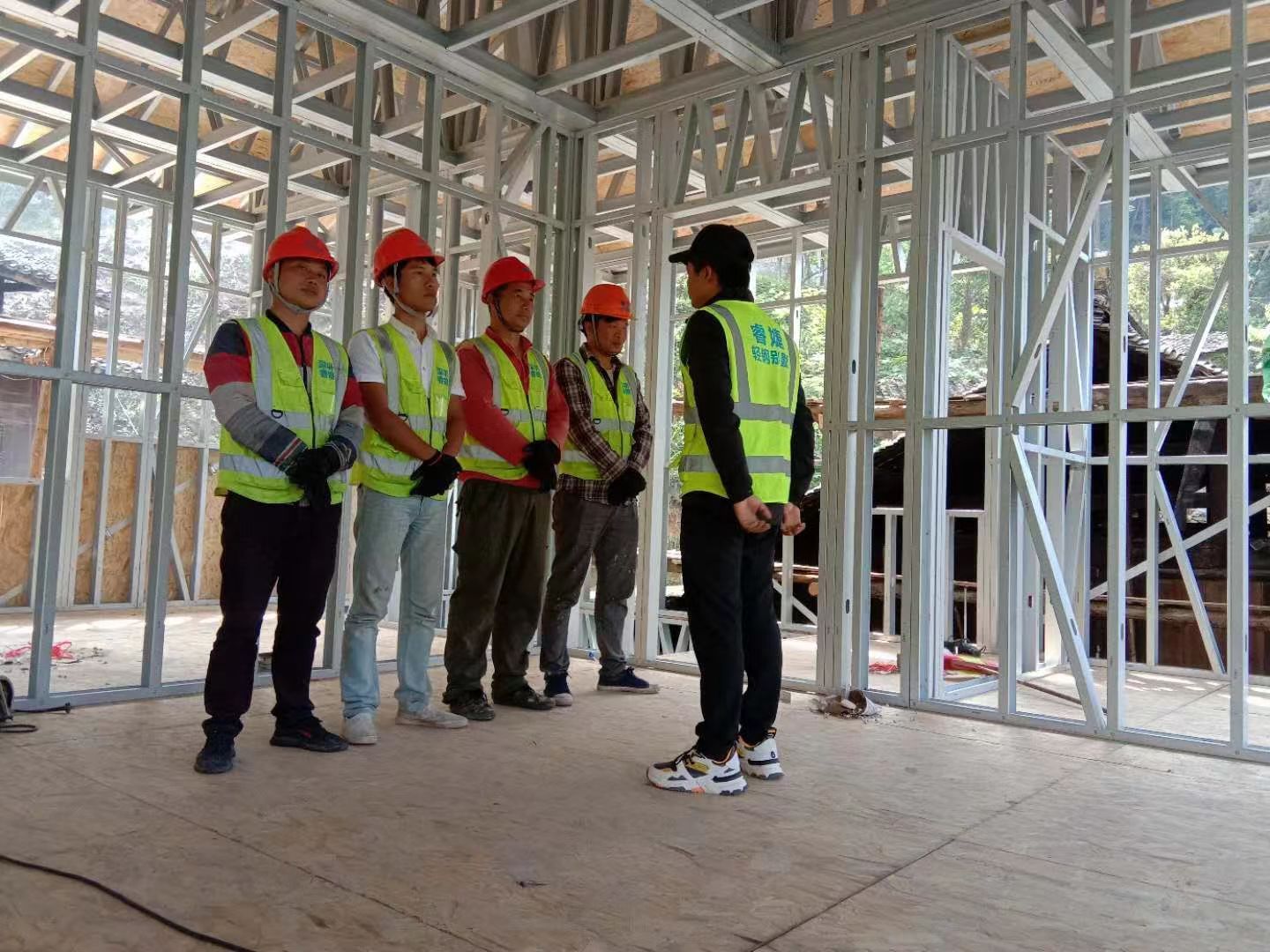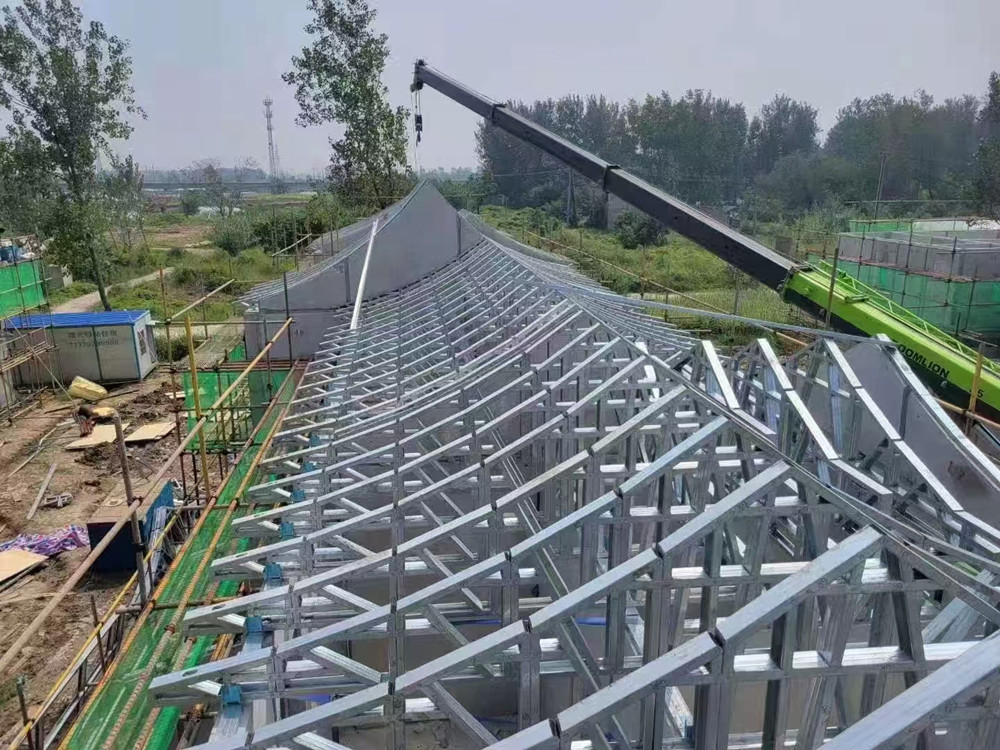Introduction
With the acceleration of urbanization in Canada and the widespread adoption of environmental protection concepts, light steel villas, as a novel architectural form, are attracting significant attention. This article explores the applicability of light steel villas in Canada in 2025 by analyzing climate conditions, policies, and market demands, providing decision-making references for potential homeowners.

Light Steel Villas in Canada
I. Why Does Canada Favor Light Steel Villas? Five Core Advantages
1. Exceptional Climate Adaptability
Canada’s long, harsh winters (e.g., Winnipeg’s extreme low of -20°C) and heavy precipitation in certain regions make light steel villas superior to traditional wood structures in moisture resistance, frost resilience, and deformation resistance. Their galvanized steel material resists mold and termite damage, making them ideal for British Columbia’s humid coasts and the Prairie provinces’ extreme cold.
2. Construction Time Reduced by Over 50%
Traditional Canadian wooden homes take 6–12 months to build, whereas prefabricated light steel components enable on-site assembly, cutting timelines to 3–6 months. For example, Ruijie Light Steel Villa’s 2024 project data shows a 58% faster delivery time compared to conventional methods.
3. Sustainability and Eco-Friendliness
Aligning with Canada’s *2030 Net-Zero Emissions Plan* (requiring a 40% reduction in construction sector carbon emissions), light steel villas use recyclable steel (over 90% recyclability) and reduce on-site waste by 75%. They also qualify for federal subsidies like CleanBC (up to CAD $14,000).
4. Earthquake Resistance and Safety
In seismic zones like British Columbia and Yukon, light steel’s ductility withstands magnitude 8 earthquakes. Its non-combustible nature (2-hour fire resistance) lowers insurance premiums by up to 15%.
5. Long-Term Cost Efficiency
Despite higher initial costs (CAD $200–250 per sq.ft., 10–15% pricier than wood), lifecycle maintenance costs drop by 30–40% over 50 years, with 20% lower energy consumption (source: Canadian Light Steel Building Association 2024 Annual Report).

Ruijie Light Steel Villa Construction Team
II. Challenges and Solutions: Key Considerations for Building Light Steel Villas in Canada
1. Shortage of Skilled Teams
Only 15% of Canadian builders currently master Light Gauge Steel Framing (LGSF) technology. Opt for CSCA-certified contractors like Vancouver’s *LGS Builders* or Toronto’s *SteelHomes Ltd.*.
2. Insulation in Extreme Cold
In regions like Quebec, use "double-layered steel + high-density rock wool" insulation paired with triple-glazed windows (U-value ≤0.15) to meet the 2025 National Building Code’s R-value ≥40 standard.
3. Local Regulatory Compliance
Alberta mandates CSA A660 certification, while Quebec requires CMHC insurance approval. Consult provincial offices (e.g., BC Housing) early for compliance.

Ruijie Light Steel Villa Project Construction Site
III. Success Stories: Light Steel Villa Projects in Canada
- Vancouver Island Eco-Community: A 32-villa project with geothermal heating and rainwater recycling, achieving LEED Platinum certification and 67% annual energy savings.
- Montréal Urban Renewal Initiative: Light steel retrofits for aging apartments reduced noise by 80%, cut construction time to 4 months, and achieved 94% resident satisfaction.
Conclusion: Light Steel Villas—A Smart Choice for Canada’s Future Housing
Facing climate change, housing shortages, and sustainability pressures, light steel villas are becoming the preferred option for homeowners and developers due to their efficiency, durability, and low-carbon footprint. Consumers are advised to leverage regional climate adaptations, subsidies (e.g., CMHC Green Home Grants), and expert design teams to maximize this technology’s potential.